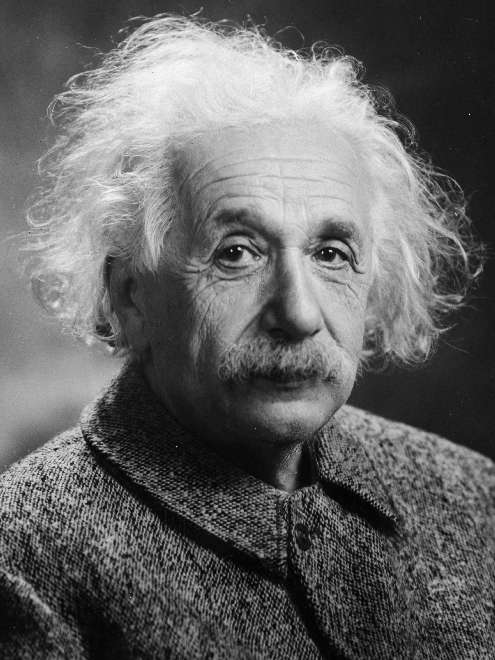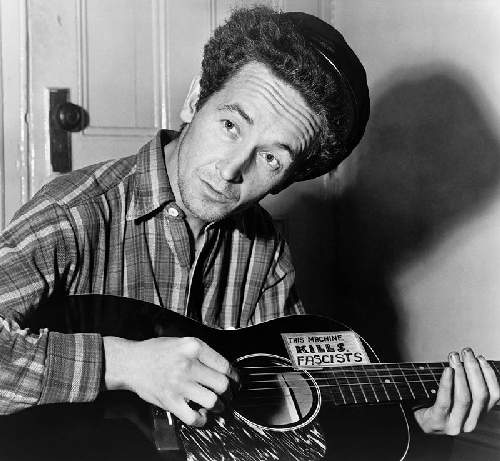
Albert Einstein died of heart failure, April 18th, 1955. Just two days later, on April 20th, his body was cremated in ‘strict privacy” at the Ewing Cemetery & Crematorium in West Trenton, New Jersey.
The cremation was witnessed by “about a dozen scientists and close friends and his son, Dr. Hans Albert Einstein, professor of engineering at California Institute of Technology.” His ashes were later scattered on the grounds of the Institute for Advanced Study, in Princeton, New Jersey. He was one of the Institute’s first Faculty members; teaching there for over 20 years (1933-1955). (Source)
Before the cremation, Einstein’s “brain and vital organs were removed for scientific study” (source). There’s a fascinating side-story about this aspect of Einstein’s after-death care, told in the National Geographic’s, “The Tragic Story of How Einstein’s Brain Was Stolen and Wasn’t Even Special“, by Virginia Hughes. Today, after a long and winding journey, portions of his brain are housed in the collections of the Mütter Museum in Philadelphia, Pennsylvania; and the National Museum of Health and Medicine, in Silver Springs, Maryland.
Einstein’s Legacy
I was just 10 months old the day Einstein died – obviously oblivious to the sorrow felt by millions around the world. It wasn’t until years later that I came to understand something profound: thanks to this one man’s thinking, most notably his theory of relativity (E = mc2) and the law of the photoelectric effect –the world my parents and I were born into was very different from that of the previous generation.
Like Galileo did hundreds of years before, Einstein changed everything. He just 26 when four of his published papers electrified the field of physics and made his name familiar around the world. We continue to put their theories to the test; just last year, Newsweek published “Einstein and Galileo Theories Tested in Space and Prove Everything Always Falls at the Same Rate”, illustrating how, even long after death, these great intellects drive our understanding of the universe.
On a More Personal Note
Einstein changed the world on a very personal level, too. At 40, my youngest son – who was about 6 at the time – voiced a need for ‘spiritual training.” Having been raised by agnostics, I had no idea where to turn – but was inspired by Einstein’s contention that Buddhism was the faith for the 20th century. I called Vajrapani Institute, our local Buddhist retreat center and we began studying under their guidance. It wasn’t until later that I learned the many Einstein quotes on the subject floating around the web are bogus; but honestly, it didn’t matter much. I was happy with my decision, and remain a practicing Buddhist today.
A Closing Thought
His obituary in the New York Times, “Dr. Albert Einstein Dies in Sleep at 76; World Mourns Loss of Great Scientist, featured a memorable comment by his biographer, Dr. Phillip Frank: “The world around Einstein has changed very much since he published his first discoveries, but his attitude to the world around him has not changed,” He has remained an individualist who prefers to be unencumbered by social relations, and at the same time a fighter for social equality and human fraternity.” Certainly, I think you’ll agree, he was a gift to us all.
By the way, this is just one in an on-going series of posts on celebrity cremations. The most recent profiled American songwriter Woody Guthrie, Previous to that post, I profiled another uniquely American treasure, dancer, Isadora Duncan.
 Last month we published
Last month we published